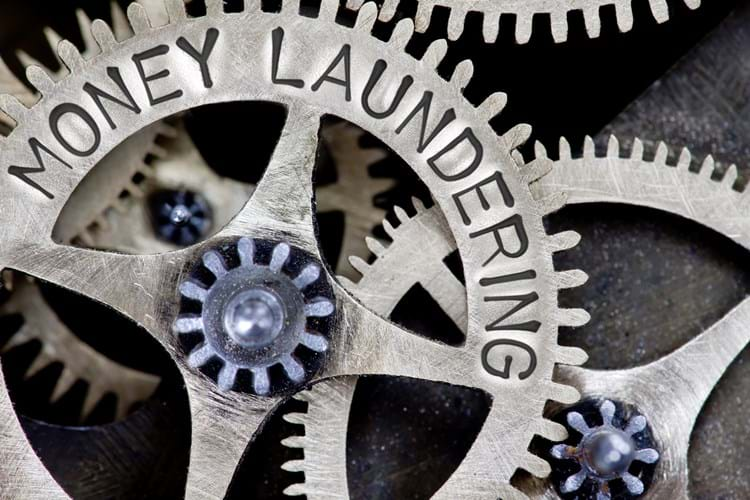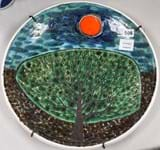
The anti-money laundering rules, applying the Fifth Money Laundering Directive (known as 5MLD) took effect on January 10, 2020.
Image: Shutterstock
In February the treasury minister signed off the latest update to the British Art Market Federation (BAMF) Guidance On Anti-Money Laundering For UK Art Market Participants (Guidance).
This is the third iteration of the Guidance following a revision issued on June 30 last year, and the two updates reflect changes agreed with HMRC following two years of AML (Anti-Money Laundering) regulation of the UK art market.
Some changes also derive from developments in financial and other markets, reminding us that the underlying AML regulations cover a wide range of activities beyond the art market, with the various regulators trying to keep in step while responding to the particular challenges posed in their sectors.
This seems therefore an appropriate moment for a brief review of the leading changes to the Guidance (the Guidance should be referenced for less salient amendments).
Stand-out developments
In addition to some inevitable drafting tweaks, three developments perhaps stand out as most material from the June update.
The first addressed the challenging issue of who should conduct customer due diligence (CDD) on whom where there is a chain of Art Market Participants (AMPs) in a transaction.
Replacement examples in Part II Section 5 of the Guidance clarify that each AMP should conduct CDD on the next AMP in the chain as its ‘customer’, and does not necessarily have to investigate all participants in the transaction unless particular circumstances (eg red flags or potential for sanctions breaches) indicate that further research into other parties or sources of funds would be necessary.
Another Guidance change last June was to clarify that intermediaries in art transactions do not qualify as AMPs where their role is limited to an ancillary activity (such as shipping or framing) or where they have merely introduced the parties without taking an active role in the transaction.
It was also confirmed that artists are not acting as AMPs where they are selling their own work. Online sales platforms (wherever based) would, however, be acting as AMPs where active in the UK market (Part 1, paragraphs 13 to 19).
The June update also underlined the need for risk assessments, policies and records to be written, an issue apparently being picked up by HMRC in recent ‘interventions’ (HMRC audits, sometimes involving visits) for AMPs.
The Guidance update in February was perhaps more limited, with some textual amendments and introducing ‘Proliferation Financing’ (effectively relating to the provision of financing for nuclear, chemical or biological weapons) to AML regulation of all sectors.
Extra burden
However, a more important development in the February update reflects the obligation, coming into effect in April 2023, for all regulated entities (including AMPs) to verify corporate information on the register at Companies House, and to inform the Registrar of Companies of any material discrepancies on the public register discovered during the AMPs’ CDD.
Apparently deriving from the authorities’ lack of confidence in the data on the public register, this obligation will impose an additional burden on AMPs doing business with corporate customers registered in the UK.
While BAMF intends to keep changes to the Guidance to a minimum, it is perhaps inevitable that updates will be required from time to time, as the Guidance develops to reflect changes in the underlying regulations and also growing regulatory experience for market and regulator alike.
What will remain will be the need to ensure that all AMPs are familiar with the Guidance as it develops.
Tom Christopherson is a solicitor, consultant to Constantine Cannon LLP and Canvas At Law, and a member of the British Art Market Federation committee which produced the BAMF Guidance.














